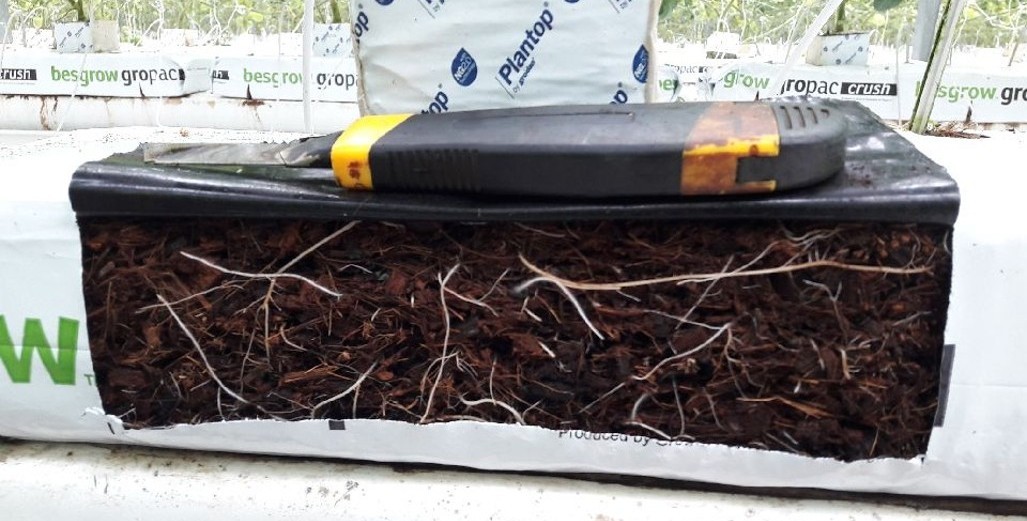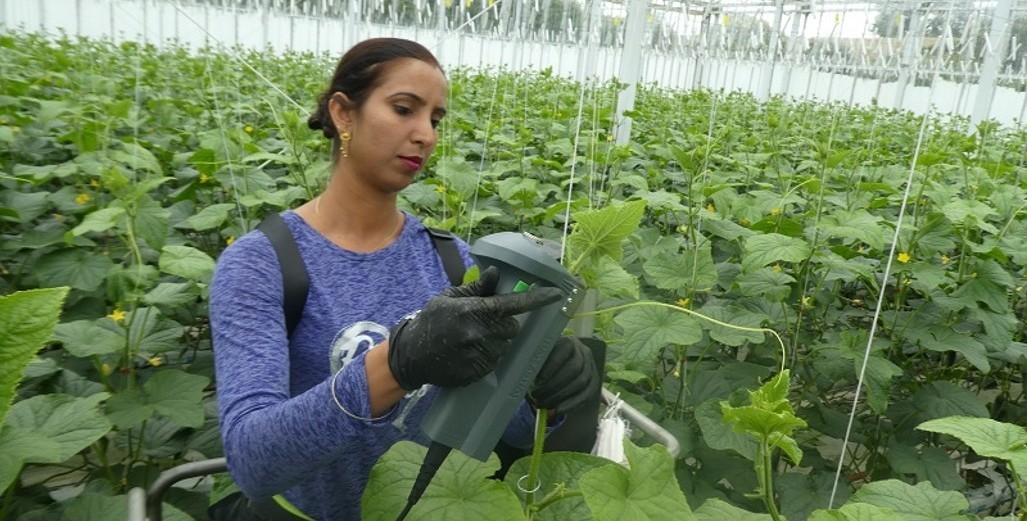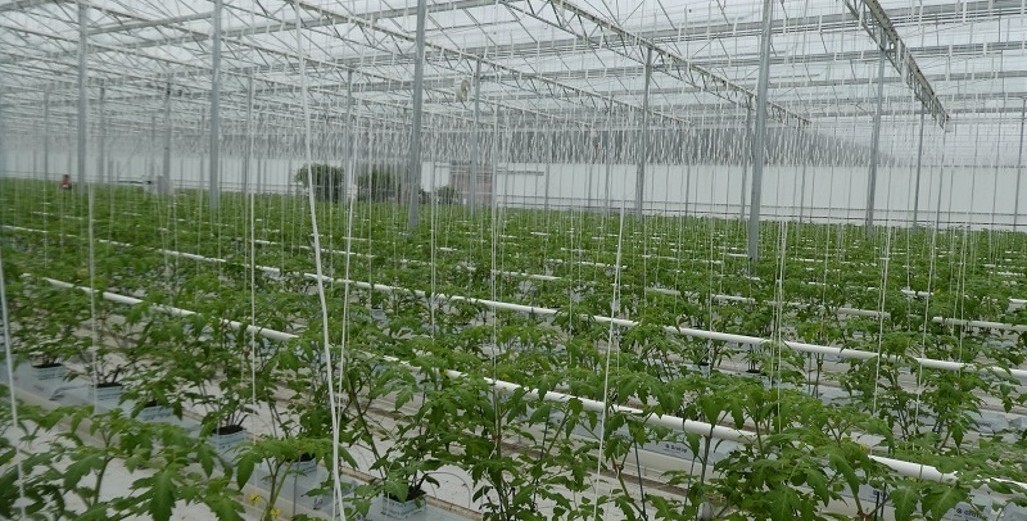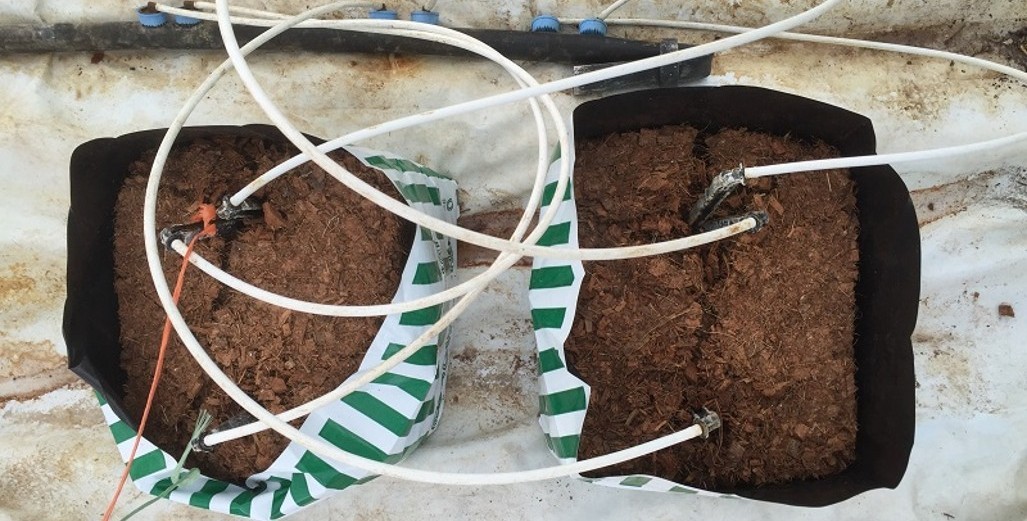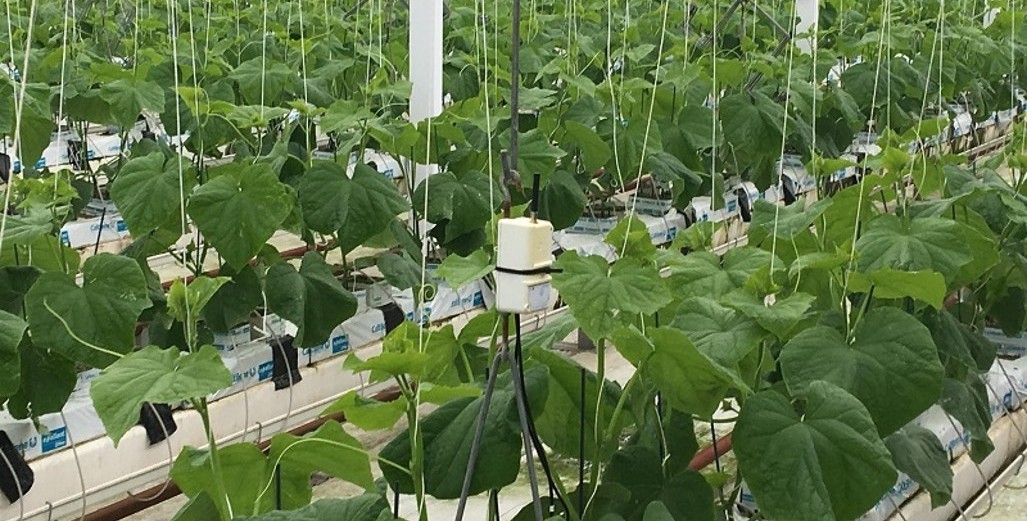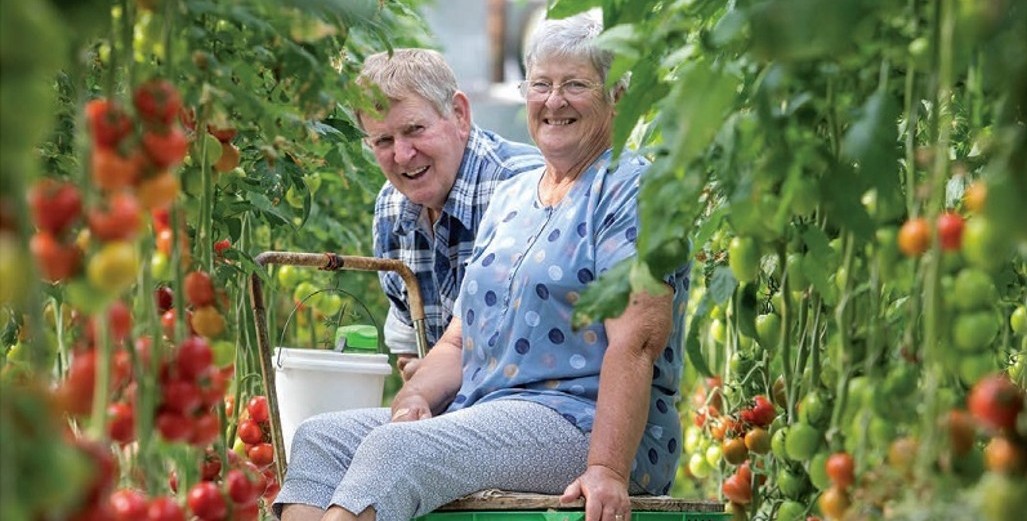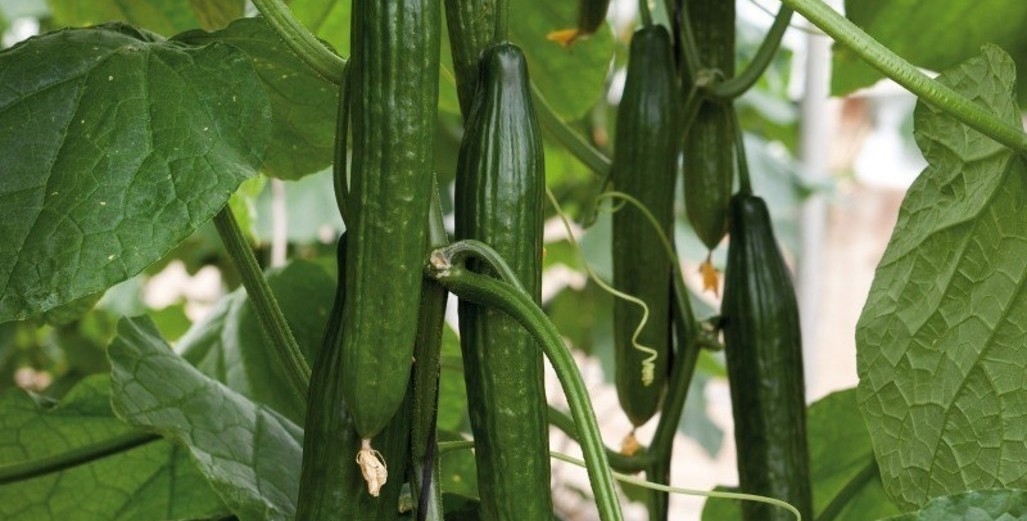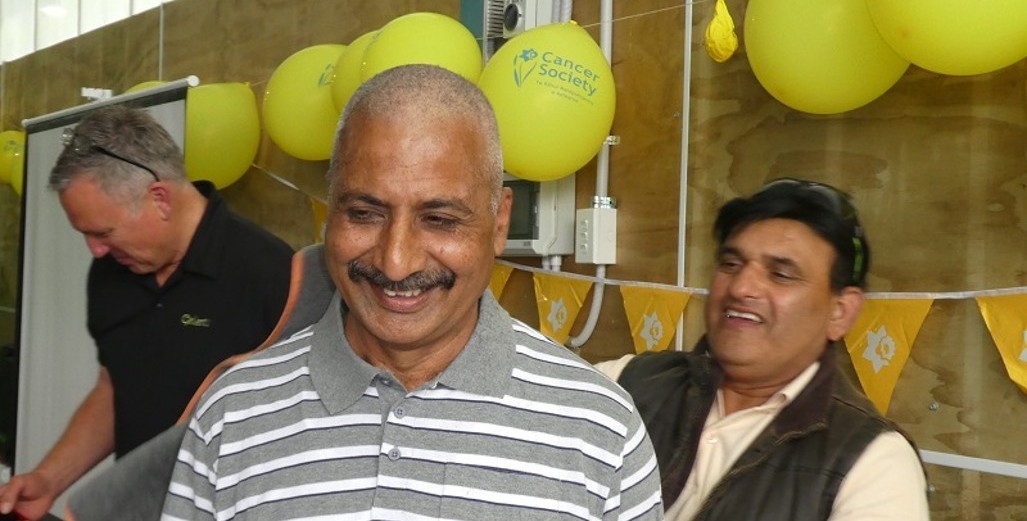Controlling the EC levels for young tomato plants growing in Coco Fibre
In this article I want to focus on my observations, in regards to controlling the generative/vegetative balance of growing a young tomato plant on coco fibre substrate during January. Dealing with diverse mixes or grades of coco is a challenge, not to mention the different suppliers, but not unsurmountable. As long as the figures are accurate finding that balance is achievable. The difficult task is to achieve the ‘sweet spot’ that suits each tomato variety.
For young plants, recently planted, that are too long to be cropped, the hardest thing is to not over water or under water. What we don’t want is to create a situation where we have BER (Blossom End Rot) from running very tight on the irrigation but you also don’t want to be in the situation where you have an overly vegetative plant, which is fine for now but will potentially cause massive headaches in the winter months. Fat stems, big leaves and soft plants are certainly a funguses dream.
Even with the technology we have its still tricky finding the correct balance, I rely on the feedback from the growers, via photos, measurements or visiting crops on a regular basis. The start of the crop is crucial especially at the present time. As I wrote, a few weeks ago, triple headed grafted plants have made my job a wee bit easier to balance the plant but comes with other challenges such as fruit loading.
Using high EC on and OFF and tightly controlling the application of water applied is a method I like to use but in coco it is very important to balance this method with measurements. One reason is the variability of the different mixes/grades of coco. Coco comes in either slabs or bags, again something which needs to be factored. At this time of the year, with the very warm temperatures, the plants grow, they grow very, very quickly! In two-four days, without even knowing it, the EC out could increase to undesirable figures. When the fruit is golf ball size on the first truss your third and fourth truss will probably be flowering and setting accordingly (example large loose tomato variety). Now you have another pull on the plant. If you’ve used the methods I use, to control a young plant, to this point then the plant should be in the ‘balanced zone’. However, it is at this point when caution should be taken not to allow the EC to rise too high and cause unwanted problems. Sometimes the reaction, to a surprise, is to make a large change and rapidly drop the EC on and off and decrease your intervals between irrigations.
If you drop the EC on and off too quickly you run the risk of a vegetative pulse (as I liken it to) where in several days, plants turn vegetative and all the good work could be mitigated. I suppose it is about holding your nerve and growing day by day for another week or two. The older the plant becomes the easier it will be and you can relax, but only a little bit.
Coco fibre is not stone-wool and I would not run EC levels as high in coco fibre substrates as I would in stone-wool. Just as I would not run EC as high in pumice as I would coco. I am very mindful I do not want to totally restrict root growth but want to encourage good even distribution amongst the coco without having excessive amounts of water roots at the bottom of the bag/slab. There is an optimum range I like to see plants grow within and when they exceed that range corrective action should be taken.
Coco fibre substrates are used by many growers in New Zealand. As a grower my preference was to grow in stone-wool, I previously worked alongside a stone-wool supplier. However, as a consultant I deal with growers using coco, stone-wool, sawdust, pumice, NFT and DFT substrates and systems. I am very familiar with coco as I have used it in the past. It certainly has advantages for certain products and growers which always need to be considered. Growers want the best possible return out of whatever they choose to grow in, and it’s my role, as their consultant, to help them achieve this.
.jpg)
Coco is popular with strawberry growers as it allows for easy penetration of root systems. The nature of coco allows for vegetative plant development in the initial growth phase, which is desired.
I appreciate your comments. Please feel free to comment below or on the grower2grower Facebook page:
https://www.facebook.com/StefanGrower2grower/
Article Written by Stefan Vogrincic, Consultant, Grower2Grower
Article Edited by Marie Vogrincic, Editor, Grower2Grower


